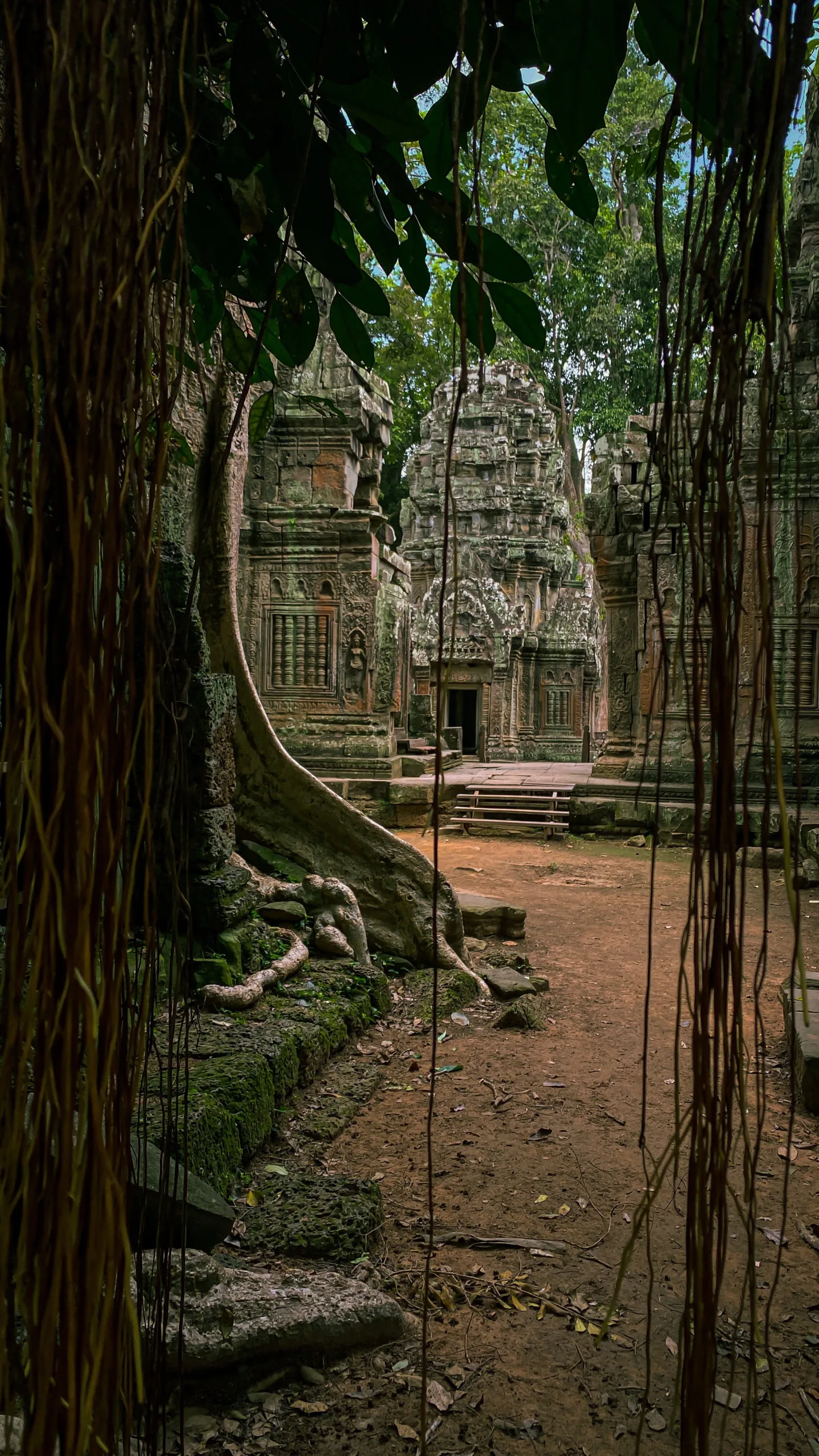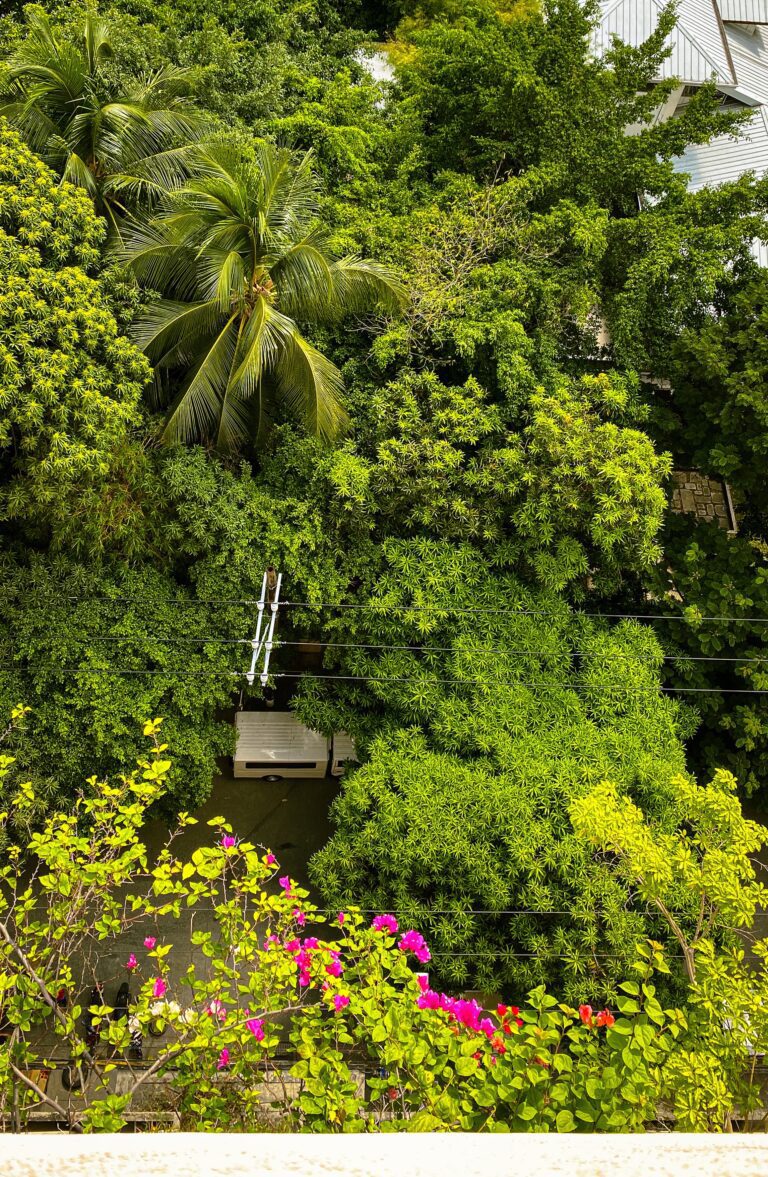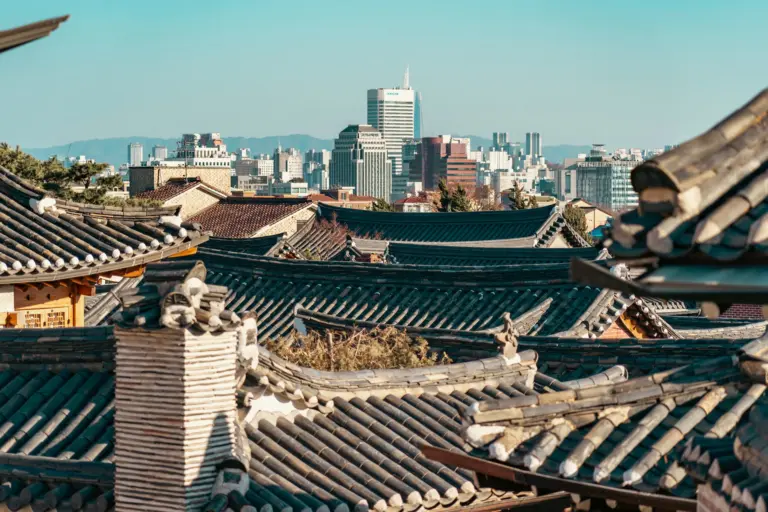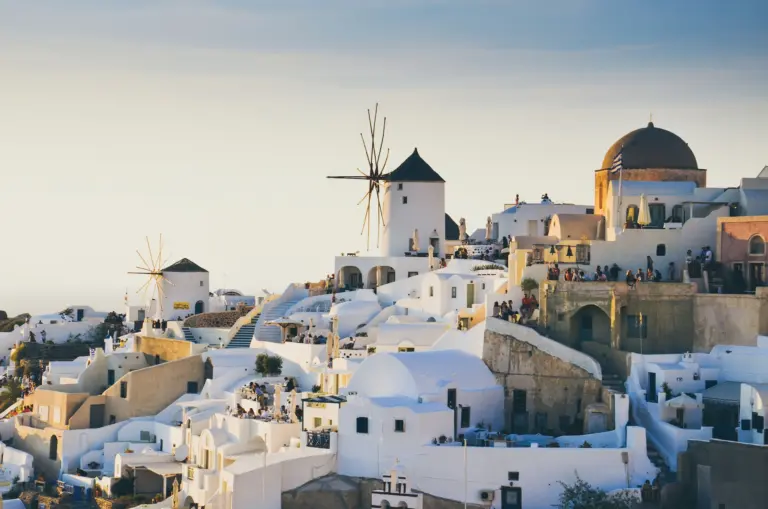Stone stacking might seem like a simple pastime, but this ancient practice holds deep significance across various cultures around the world.
Historically, stone stacking has served many purposes: as trail markers in the vast Scottish Highlands, as offerings in Buddhist rituals, or as memorials in numerous cultures.
Each stack, whether it’s a towering pile or a modest column, carries a story. These stories speak to a broader human experience—a universal desire to make a mark and connect with something greater than ourselves.
This article explores not just how and why people have stacked stones throughout history, but what these stones tell us about ourselves and our place in the world.
Table of Contents
ToggleThe Significance of Stone Stacking
Stone stacking is not just a modern pastime but a historical practice steeped in tradition. Across the globe, various cultures have utilized stone stacking for purposes ranging from spiritual rites to practical navigation.
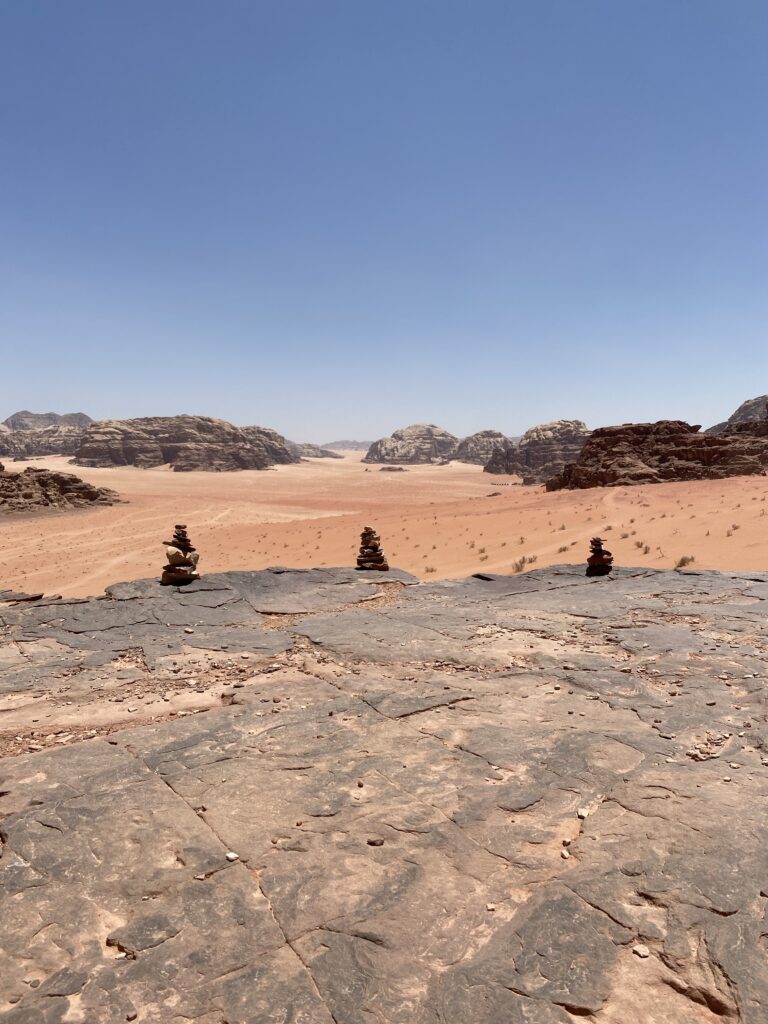
In Ancient Practices
In numerous indigenous communities, stones have been meticulously stacked to create structures that serve as spiritual symbols, territorial markers, or guides. For instance, Native American tribes such as the Navajo have used stone stacks, often referred to as cairns, as part of their spiritual practices, using them in healing rituals or to mark sacred spaces.
In Arctic regions, the Inuit people construct inuksuit—stone figures that act as navigation aids or hunting grounds markers.
Moreover, stone cairns have historically been used across the world as landmarks. In Scotland, for example, cairns have been used since prehistoric times, not only as markers on the vast Highlands but also as memorials.
These historical landmarks serve as the enduring human connection to stone stacking, showcasing its significance in survival, memory, and cultural heritage.
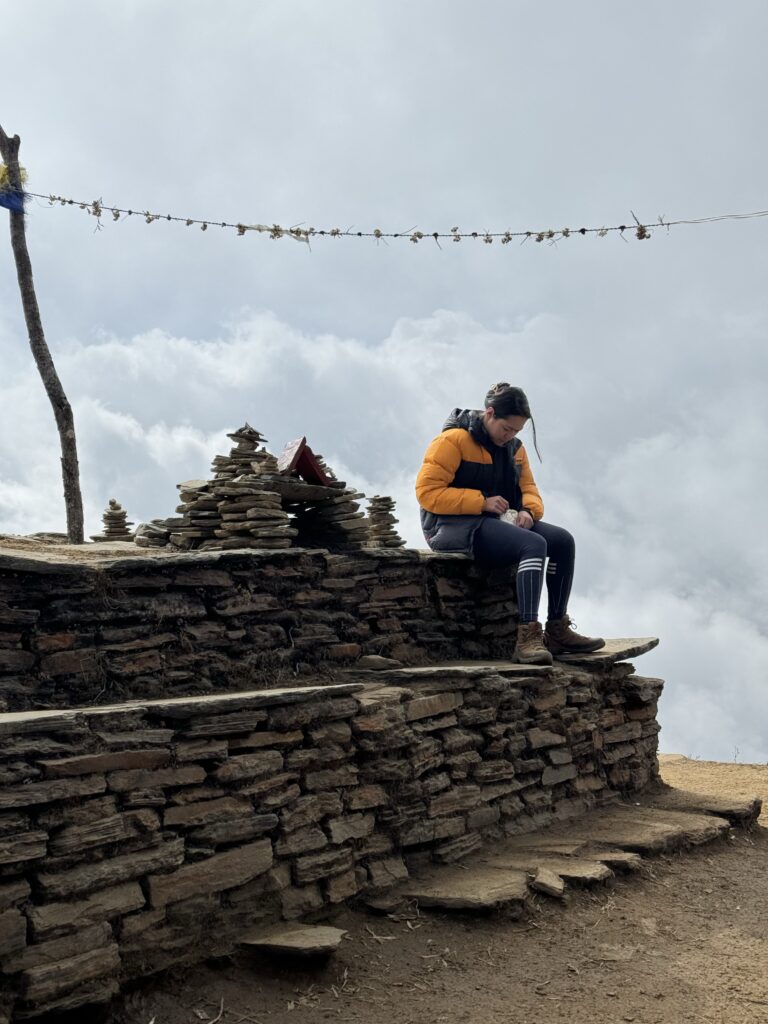
In Religious Practices
In Buddhism, stone stacking is often part of meditation practices where each stone’s placement is a deliberate act promoting mindfulness and inner peace.
Judaism incorporates stone stacking through the tradition of placing stones on graves, a powerful gesture of remembrance and respect for the deceased. This act is steeped in biblical traditions and serves as a tangible connection between the living and the departed.
Pagan and Neopagan practices frequently utilize stone circles and altars for spiritual rituals. These circles are often aligned with astronomical events and are central to ceremonies, particularly those celebrating natural cycles such as solstices and equinoxes. Stone altars are used in rituals to honor nature, the elements, and deities, grounding spiritual practices in the physical world and enhancing the connection to earth’s energies.
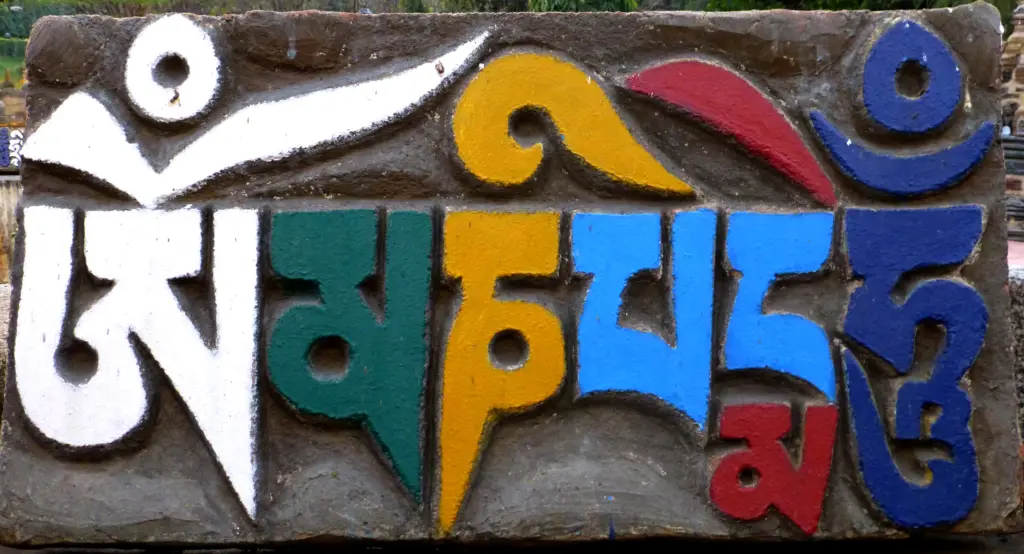
In Cultural Practices
In Japan, the meticulously arranged Zen rock gardens are a nod to the philosophical pursuit of simplicity and harmony. These gardens, known for their serene and meticulously raked gravel and strategically placed rocks, serve not only as a focus for meditation but also as a symbol of tranquility and the minimalist aesthetic central to Zen Buddhism.
Further north, in the high altitudes of Tibet, the practice of stacking stones takes on a spiritual dimension through Mani stones. These stones are typically carved with mantras or dharanis and are stacked in piles along roadsides as a form of spiritual practice, meant to spread blessings to all who pass by.
Spiritual Meanings Behind Stone Stacking
Stone stacking is often celebrated not only for its aesthetic appeal but also for its deeper spiritual implications.
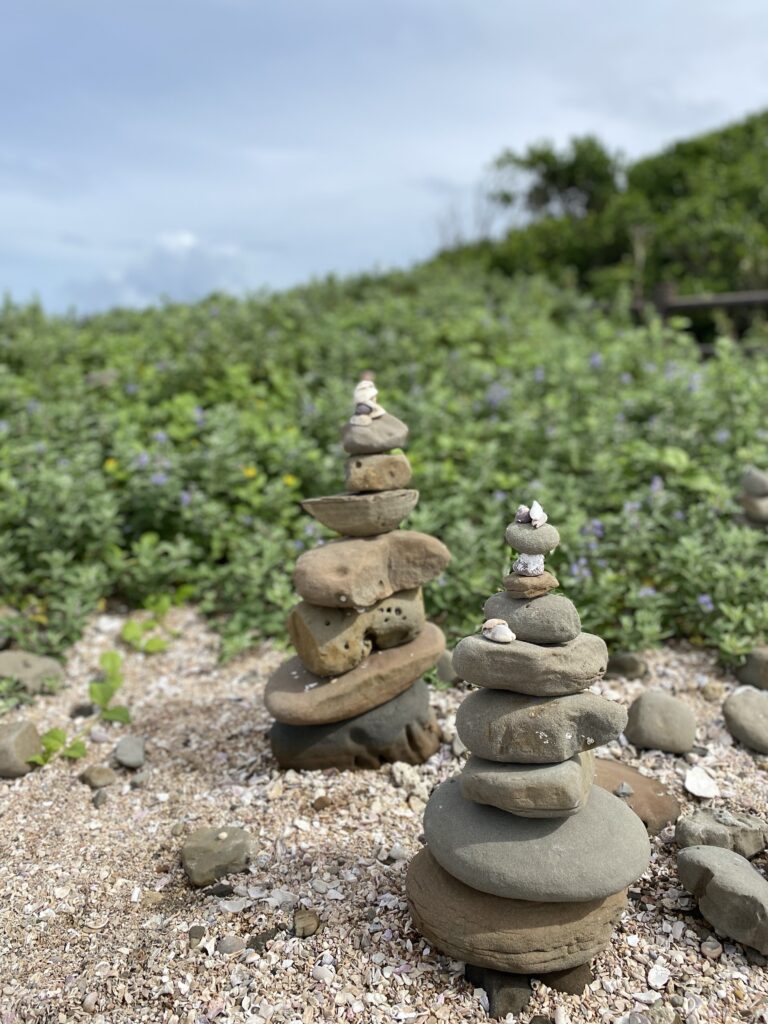
1. Balance
The delicate task of stone stacking, where each stone must be carefully positioned to maintain the structure, mirrors the broader human endeavor to find balance in life. This alignment of stones can symbolize the balance one seeks between work and leisure, social and personal life, or between the various internal forces that govern one’s emotions, the yin and yang.
The act of finding the perfect spot for each stone can serve as a powerful metaphor for building and sustaining a harmonious life.
Moreover, stone stacking is often incorporated into meditation and mindfulness practices. During these activities, the simple, absorbing task of placing stones attentively can help center the mind, drawing focus away from life’s distractions.
This practice encourages a state of awareness, as the stacker must remain fully engaged in the moment to keep the stones balanced. The resulting stone formations not only create a sense of accomplishment but also leave behind a physical representation of tranquility.
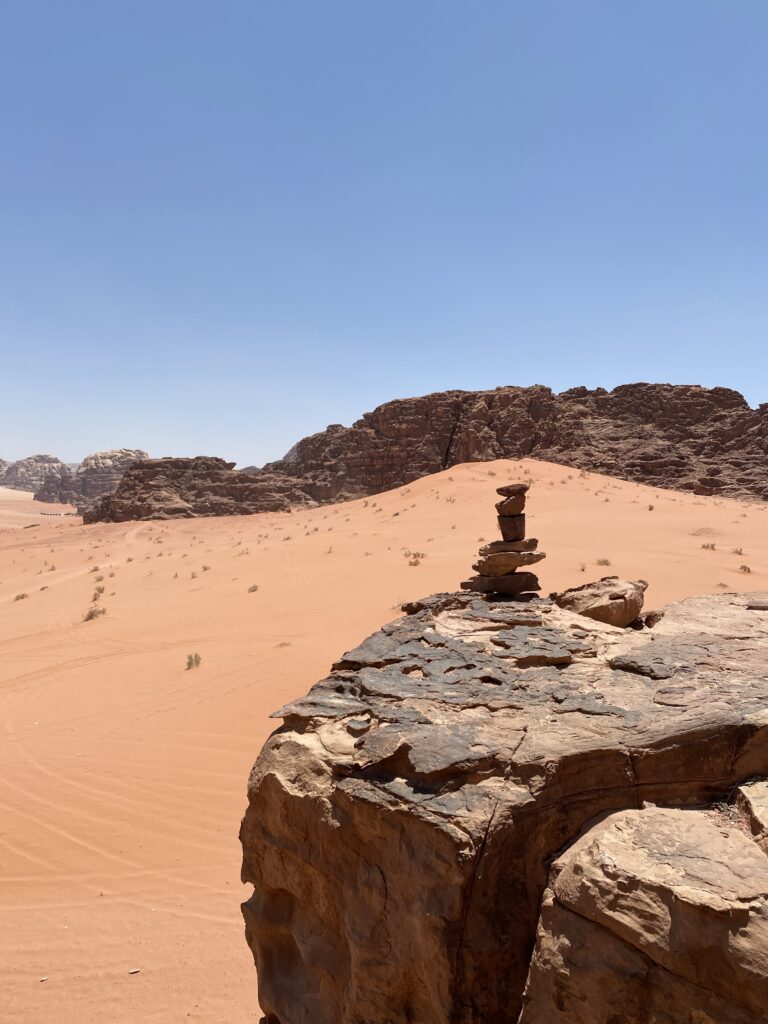
2. Remembrance
In many cultures, stone structures act as physical reminders of past experiences. Stones are stacked at the sites of significant events, with each stone placed by hand as a gesture of respect. This practice helps solidify memories, making the intangible aspects of memory tangible.
The act of adding stones to a stack can be particularly meaningful, symbolizing the ongoing nature of memory and the collective contribution to remembering. In this way, stone stacking bridges the gap between past and present.
This interaction not only preserves but also celebrates the memories, ensuring they remain a visible and vital part of the landscape and community consciousness.
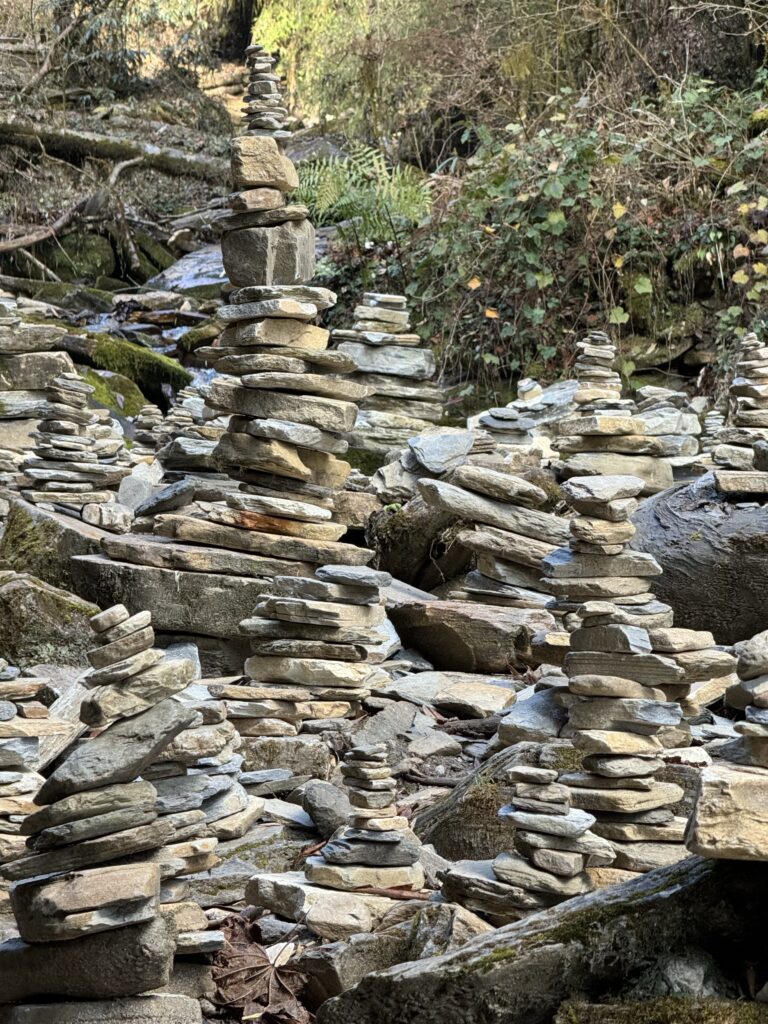
3. Connection
The act of stone stacking necessitates a physical interaction with nature, encouraging a direct and tactile connection with the environment. This engagement often takes place in tranquil, natural settings where the sounds of nature—whether the rustle of leaves, the flow of water, or the whisper of the wind—complement the meditative process of placing each stone.
This interaction not only fosters a sense of unity with the surroundings but also heightens awareness of the natural beauty and the intricate details of each rock. For many, this creates a profound appreciation for the earth’s materials and a reminder of humanity’s place within the larger ecosystem.
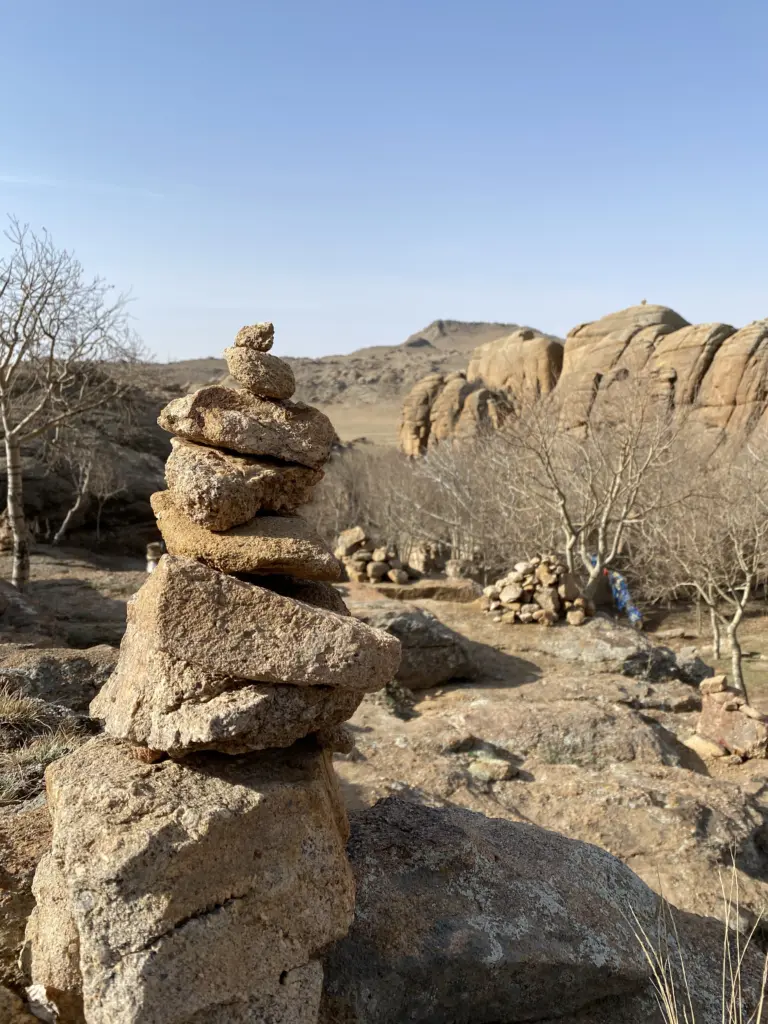
4. Guidance
Cairns have been used historically across various cultures to mark trails, signify safe passages, or indicate significant locations such as water sources or shelters.
Beyond their practical utility, cairns and other stone stacks often hold symbolic meanings related to guidance in spiritual contexts. These stone structures can represent guidance from divine forces, ancestors, or the Earth itself, suggesting paths of spiritual significance. In some traditions, creating or adding to a cairn is seen as an act of asking for or offering guidance, making a wish, or even communicating with the spiritual realm.
The act of stacking stones along a path can also be interpreted as a metaphor for foresight—planning and preparing for future needs, whether they be physical journeys or spiritual journeys. It reflects the wisdom of considering future travelers, showing foresight in preserving safe passages for those who will follow.
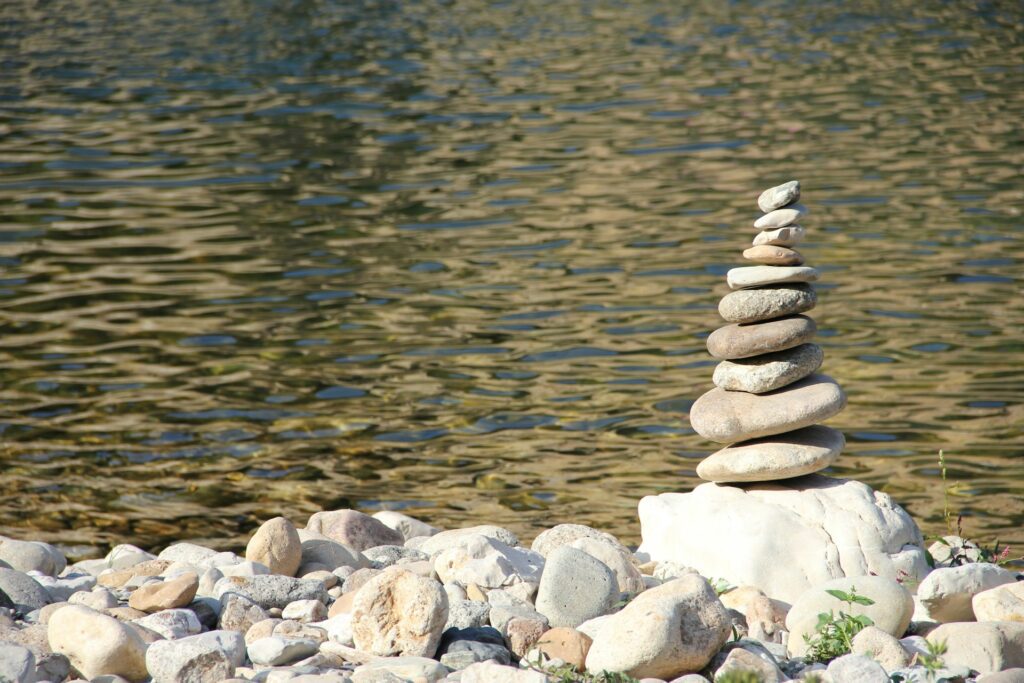
5. Life
Beyond the physical connection to nature, stone stacking can also symbolize the integration of various life aspects—emotional, spiritual, and physical balance.
Each stone can represent a different facet of life, such as family, career, health, or personal growth, and the act of balancing these stones parallels the challenge of maintaining equilibrium in daily life.
The successful stacking of these stones serves as a metaphor for achieving and maintaining harmony among life’s competing priorities.
Another example, selecting stones of particular colors, shapes, or textures might represent specific desires, incorporating these into a unified structure as a form of symbolic prayer or manifestation.
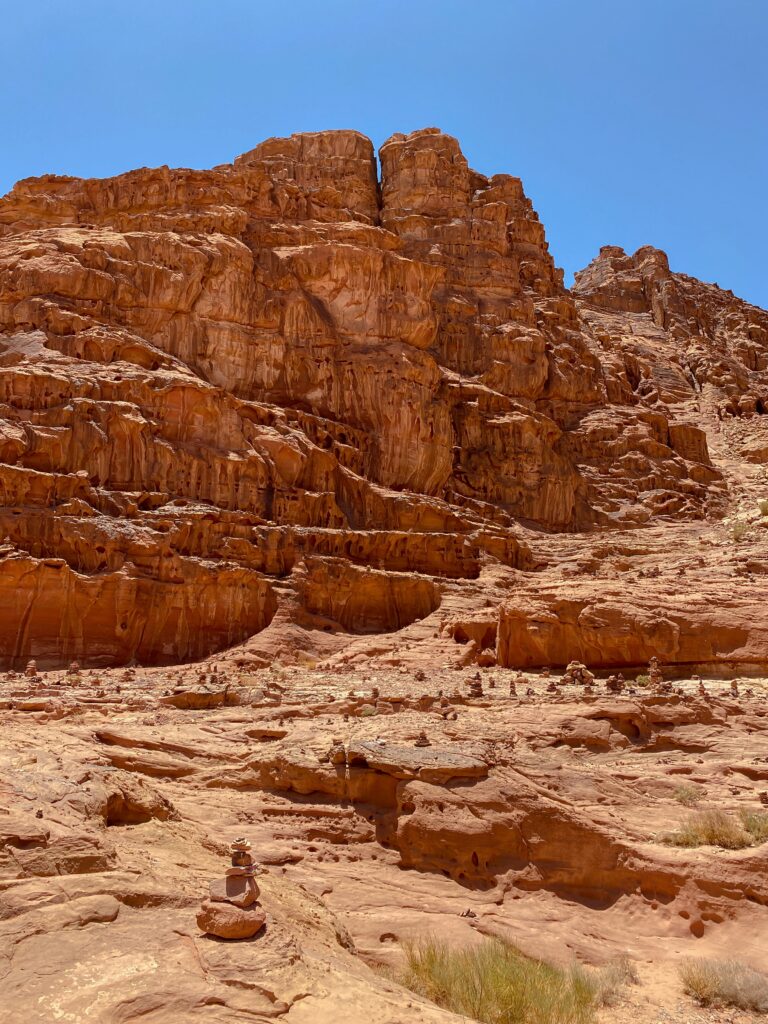
Benefits of Stone Stacking
Stress Reduction: The repetitive nature of handling and balancing stones requires mindfulness, which draws attention away from stressors and focuses the mind on the present task. This shift in focus can lead to lower levels of stress hormones, such as cortisol, and promote a state of calm.
Enhancing Focus: The concentration required to stack stones carefully helps enhance mental focus and cognitive control. This can be particularly beneficial in a world full of distractions, as it trains the brain to focus on single tasks, improving attention span and reducing cognitive overload.
Art Therapy: In therapeutic settings, stone stacking is used as a form of art therapy. It provides individuals with a non-verbal mode of expression that can be particularly useful for those who find it difficult to articulate thoughts and emotions through words. Creating stone structures allows them to express complexities of feelings and thoughts through a tangible medium, which can be a powerful tool for personal insight and emotional release.
Spiritual Healing: Stone stacking also plays a significant role in spiritual healing practices, where the physical act of arranging stones can embody the setting of intentions, release of old energies, or the manifestation of desired outcomes. Stones often serve as tangible symbols of various aspects of the person’s life or spiritual journey, offering a way to physically interact with abstract concepts such as balance, stability, and progress.

